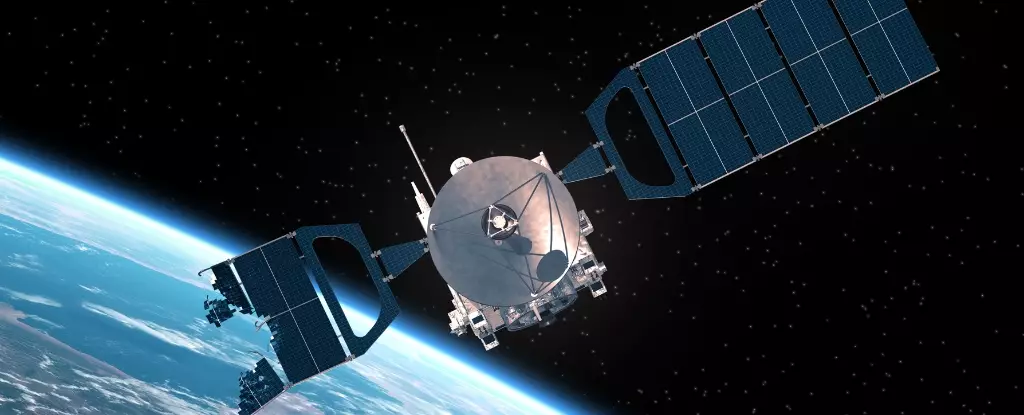In the vast expanse of space, the movement of celestial objects can pose unforeseen challenges to life on Earth. A case in point is the 60-meter-wide asteroid, designated 2024 YR4, which has recently sparked intense debate among researchers and astronomers. Initially, fears that it might collide with our planet in December 2032 raised alarms, as its catastrophic potential could liken it to a city-leveling explosion. Understanding such risks amplifies the necessity for humanity to monitor and prepare for the unpredictable events that can originate from beyond our atmosphere. Fortunately, new reports have somewhat downgraded the threat of a direct impact with Earth, but the prospect of a collision with the Moon has significantly heightened.
The Odds of Impact
According to recent studies facilitated by insights from the James Webb Space Telescope, the likelihood of 2024 YR4 impacting the Moon has risen to 4.3 percent. Paul Wiegert, a leading researcher from Canada’s University of Western Ontario, has shed light on the potential ramifications of such an event. If this asteroid were to strikes the Moon, it could release an amount of energy comparable to a major nuclear explosion, thrusting an estimated 100 million kilograms of debris into space. The very idea of an asteroid sending vast amounts of lunar material hurtling toward Earth should serve as a wake-up call about our vulnerability to cosmic forces.
Propelled to Terra Firma
The implications of debris being flung from the Moon—a result of a collision—could be profound. If the asteroid were to strike the side of the Moon that’s oriented towards Earth, about 10 percent of the asteroid-induced material might fall prey to Earth’s gravity within days. While one could assume that our atmosphere would provide sufficient protection against smaller lunar rocks ranging from millimeter to centimeter sizes, the threat to our burgeoning array of satellites cannot be dismissed lightly. Wiegert aptly compares a small lunar rock hurtling towards Earth at high velocities to a bullet, highlighting the potential for significant damage.
With rising satellite numbers orbiting the Earth, the chances of these objects being rendered inoperable rapidly increase. The projection that more than 1,000 times the normal amount of meteors could emerge in the aftermath of a Moon impact should elevate the conversation surrounding space debris management and satellite safety. A spectacular meteor shower may dazzle observers on Earth, but at what cost?
Preparing for the Unknown
The discussion around asteroid impacts brings forth questions of preparedness. While today’s odds of a direct hit on the Moon from 2024 YR4 hover around a modest 2 percent, anticipating potential future risks is crucial. As the asteroid remains out of view until 2028, this interval provides an opportunity for scientific reassessment and planning. Wiegert has emphasized the importance of deliberating on how we might proactively steer an asteroid away from the Moon, should it appear to be heading toward an eventual collision.
Drawing comparisons from the success of NASA’s DART mission, which successfully altered the trajectory of Dimorphos, Wiegert suggests that if 2024 YR4 proves a genuine threat, it could serve as a valuable test case for our planetary defense strategies. However, the fact that a rapid response could be dangerous poses a compelling dilemma: can humanity be prepared for the unknown when cosmic events could be just on the horizon?
Looking Down the Road
As we stand on the brink of potentially monumental cosmic events, there is an undeniable urgency in engaging with these possibilities. In a world increasingly reliant on technology that orbits our planet, the intersection of space exploration and planetary safety has never been clearer. The unpredictable nature of asteroids like 2024 YR4 highlights not only the awe-inspiring beauty of celestial mechanics but also the imperative for human ingenuity and caution in the face of impending uncertainty. It’s a call to action for scientists, policymakers, and the public alike to acknowledge and respond to the persistent threat posed by our celestial neighbors.
In the end, while we marvel at the spectacle of a possible meteor shower resulting from a Moon collision, we must also recognize our responsibility in preparing for any fallout from the unknown forces of space.


Leave a Reply